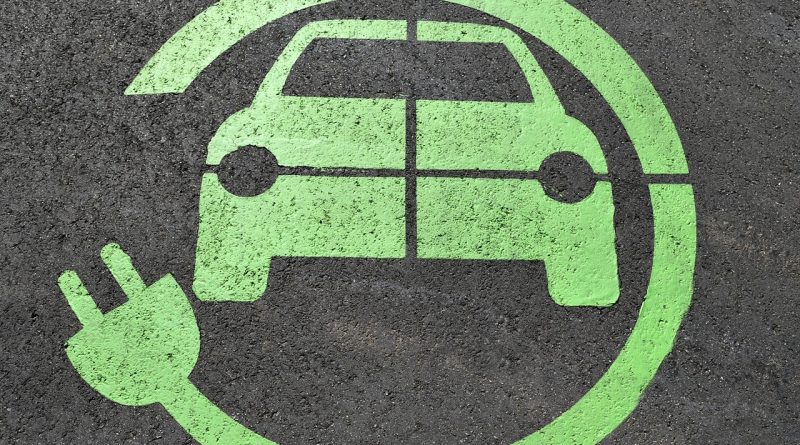The State of the Electric Car
Over the past few years, you have probably heard a lot of discussion about electric cars. The most common of the latest electric cars are the gas-electric hybrids that boast fuel efficiency of 45 mpg and higher. These hybrids feature the benefits that consumers indicated to manufacturers that they wanted. These include high gas mileage, reduced emissions, quietness, and long range that utilizes an existing system of fuel distribution.
There are other options for electric cars, each having advantages and disadvantages. What most would consider a true electric car would carry no engine utilizing fossil fuel. Instead, it would carry a bank of batteries and rely on recharging of the batteries while parked and/or utilize solar or another alternate source of electricity.
A diesel-electric hybrid is another option that would closely mirror the gas-electric hybrids currently available. The major reasons they have not been commercially available are the higher initial cost of diesel engines and emissions restrictions. While diesel engine technology has advanced to provide quiet and powerful engines, automakers could not meet Federal emissions standards until a new, cleaner formulation of diesel fuel became mandatory at the beginning of 2009.
The idea of electric vehicles is not new and, in fact has been around since the early days of the automobile. Battery technology was the biggest problem and continues to be an obstacle today. Batteries are heavy in relation to the energy they carry. In order for a car to travel any appreciable distance, a large percentage of the car’s weight is comprised of the battery bank.
Gas-electric hybrid cars use their gasoline engine in conjunction with a generator to recharge the batteries continuously. This onboard charging system allows for continued travel without having to stop to charge the batteries and reduced vehicle weight through the use of a smaller battery bank. The concert of hybrid power began in the early part of the 20th century, as the diesel engine was adapted for use in locomotives by using diesel-electric power.
While hybrid cars give drivers the benefits discussed above, they are still a compromise between fossil fuel and truly pollution free vehicles. The trade-off is a limited range of driving before the electric cars batteries must be recharged. A totally electric car does not create pollutants directly. By using electricity from the utility grid, the electric car does generate a small amount of pollution. A few people who have built electric cars for personal use have also built solar powered recharging systems, thereby eliminating any pollution whatsoever.
Scientists are competing continuously to develop batteries that are lighter weight in relation to the energy stored. At the same time, they must keep in mind the potential for fire or explosion as well as environmental concerns such as the use of toxic materials. The technology for solar electricity production is also becoming more efficient. It is possible that in the future, totally electric cars will be have an unlimited range through the use of lightweight batteries and onboard solar recharging systems.
Hybrid gas-electric cars are available from some of the new car dealers. True electric cars remain the realm of small companies and individuals who convert gasoline powered cars to electricity. Those who drive electric cars have found that the limited range, normally 80 – 100 miles, is not an issue for commuting to work and running errands. Most families have a second car capable of traveling longer distances.
A number of those who converted a car to electricity have detailed their experiences and share them on the Internet.


